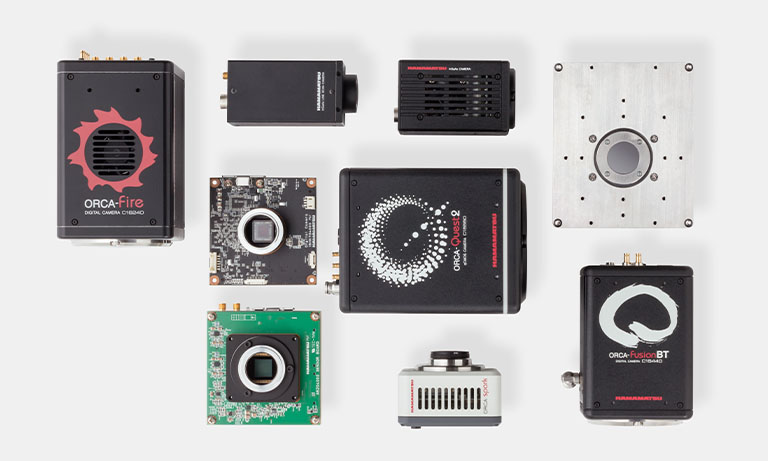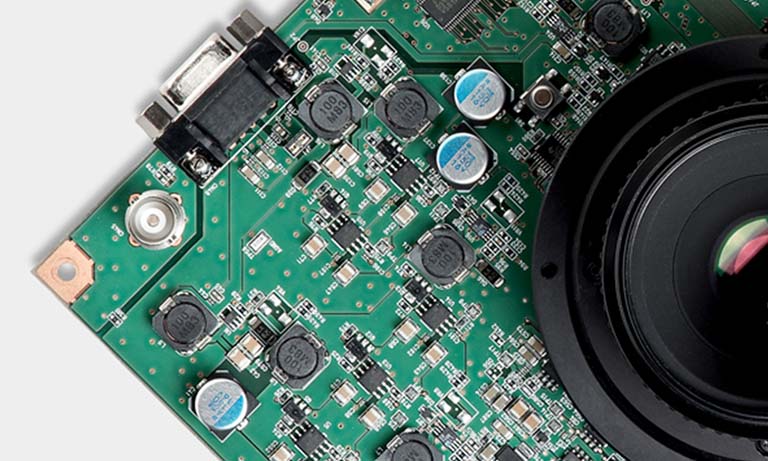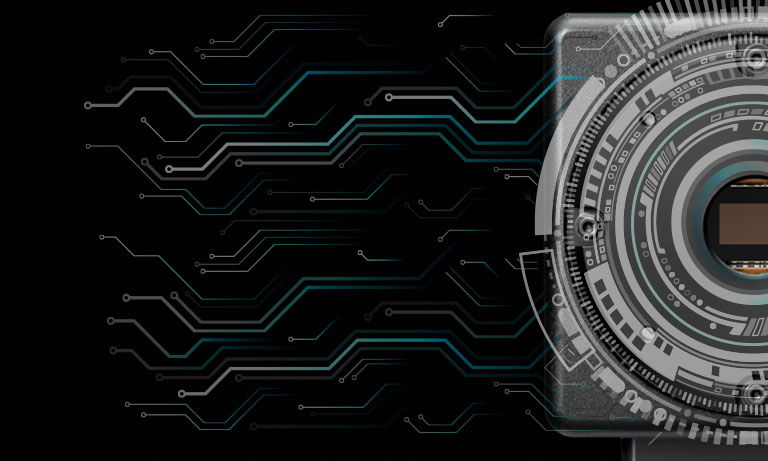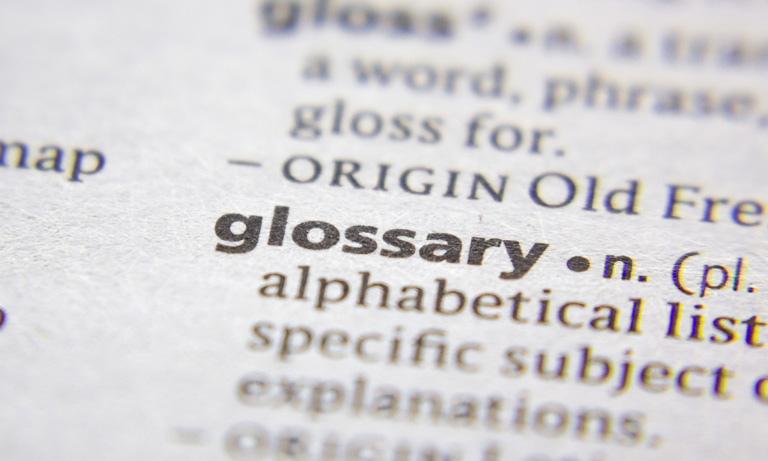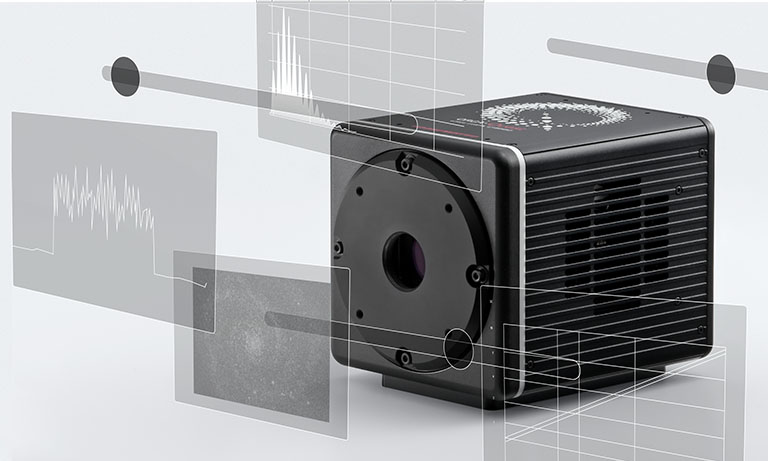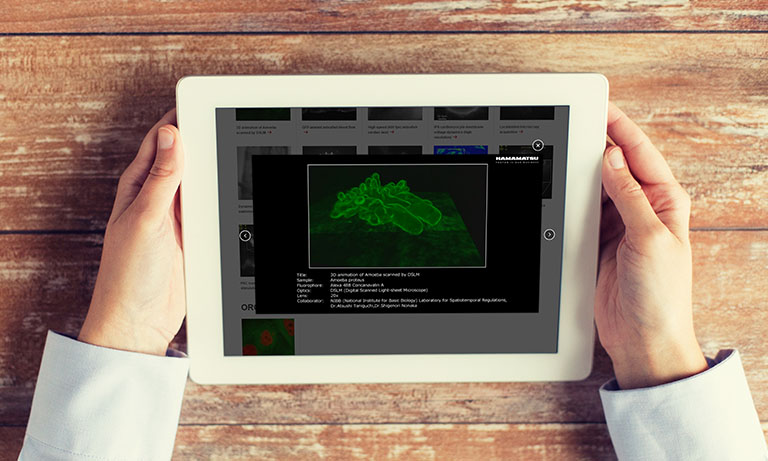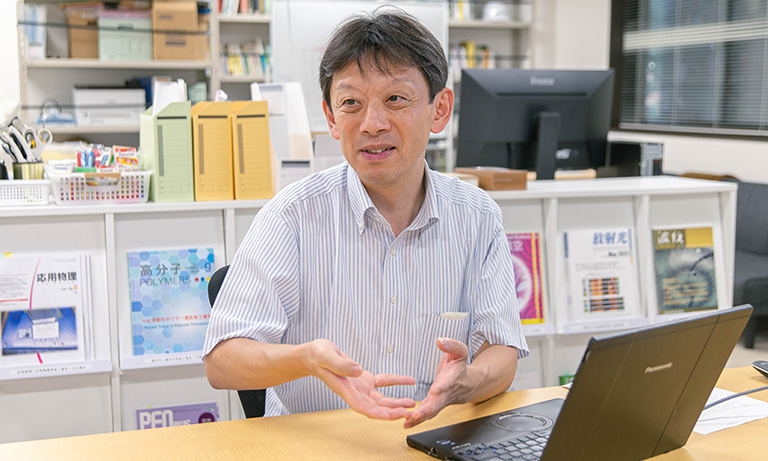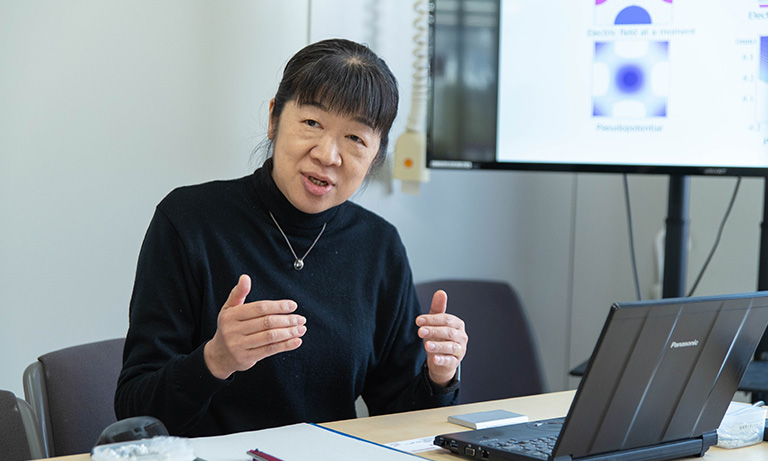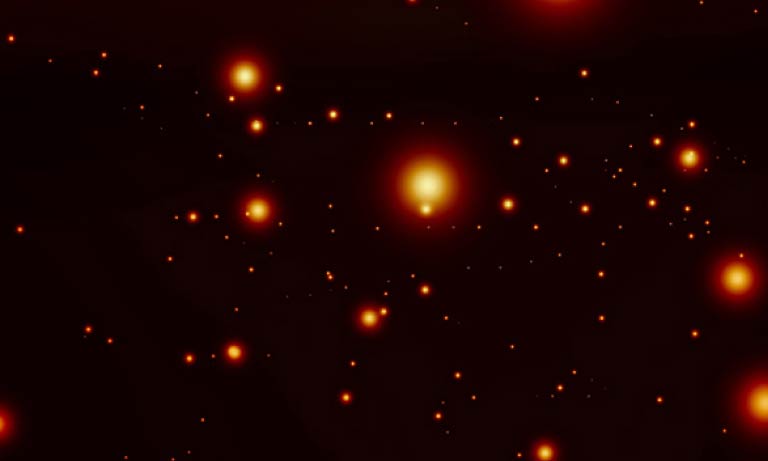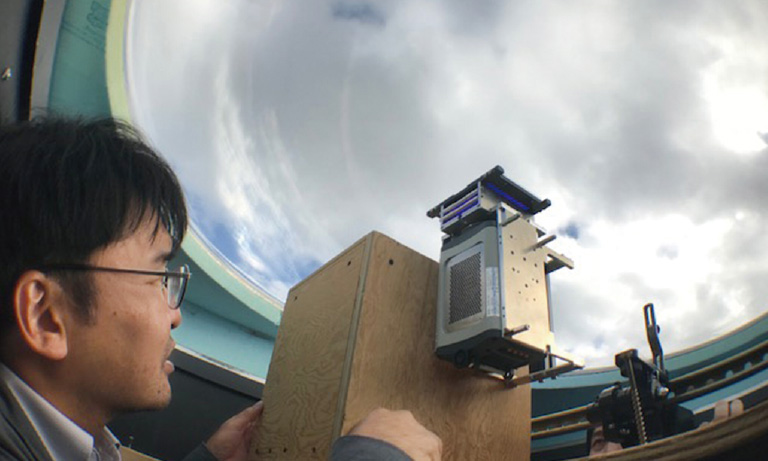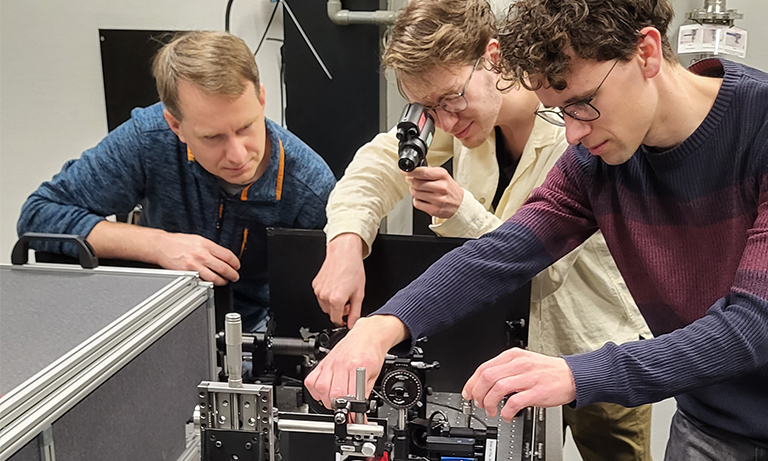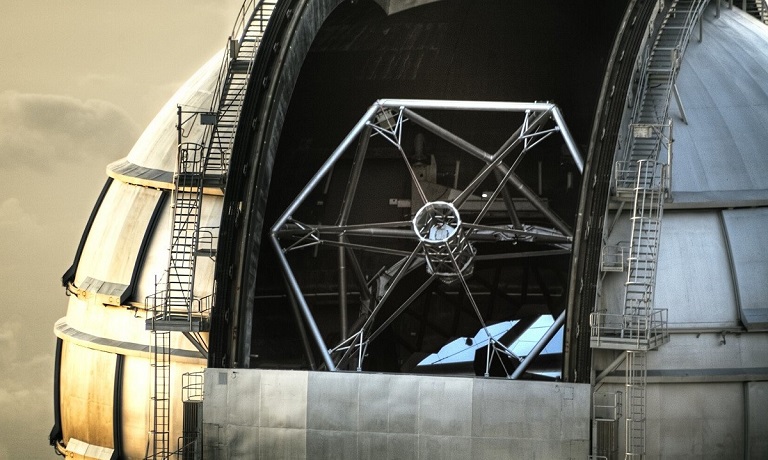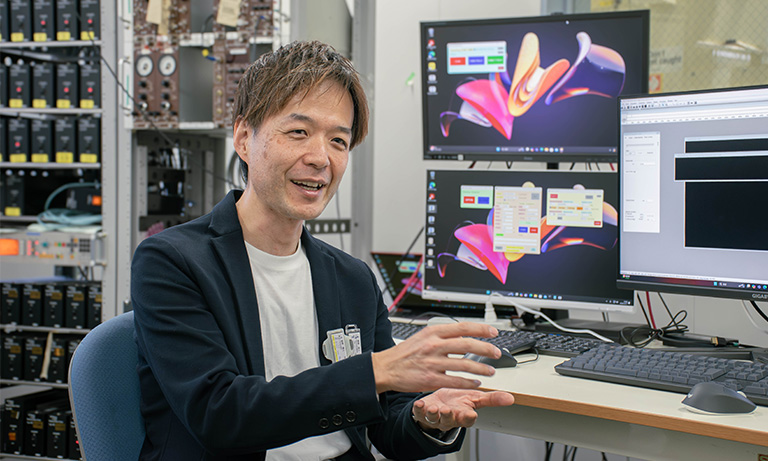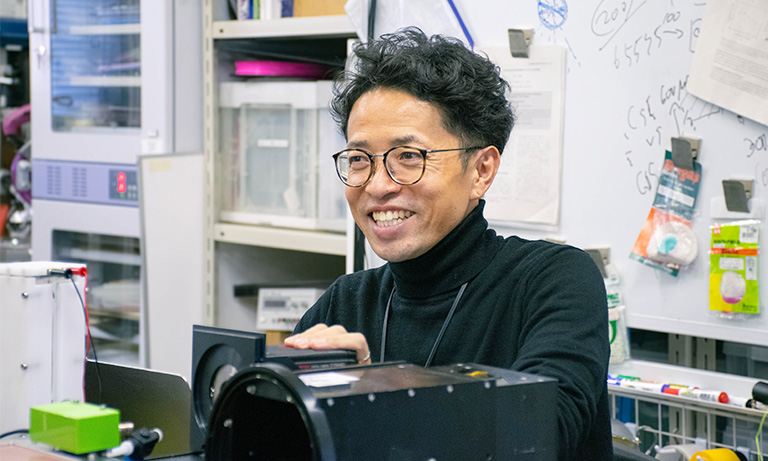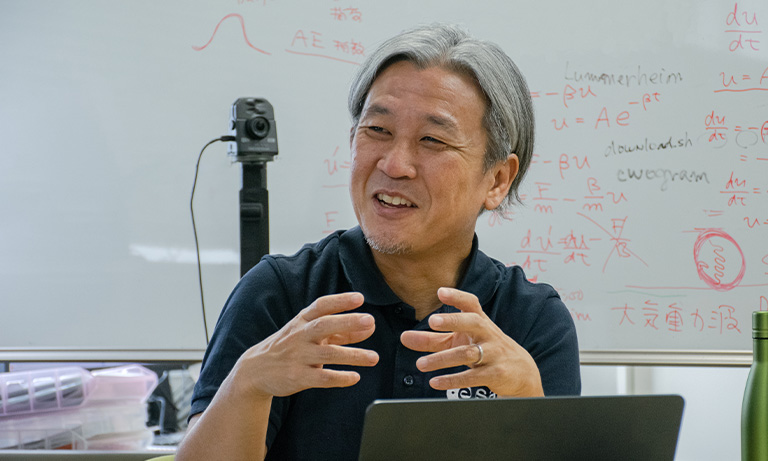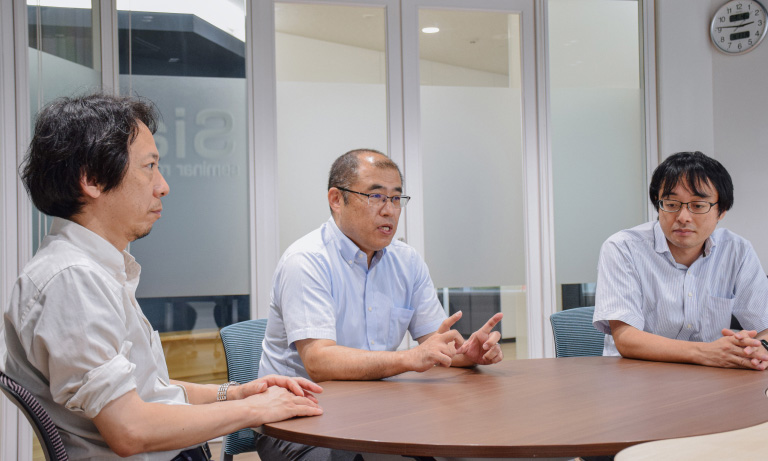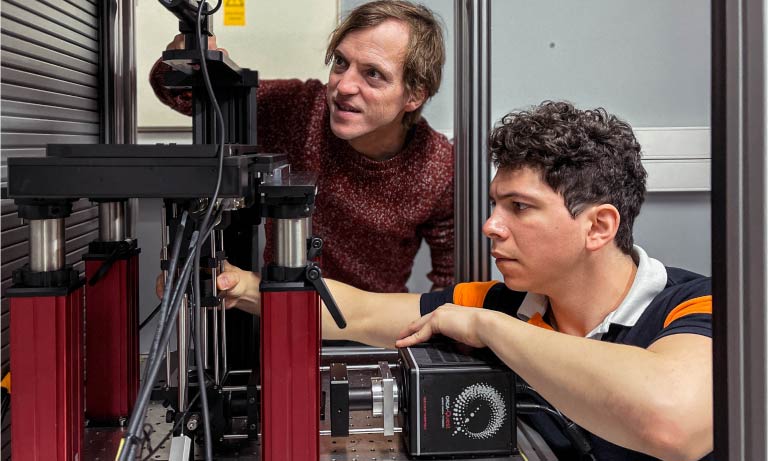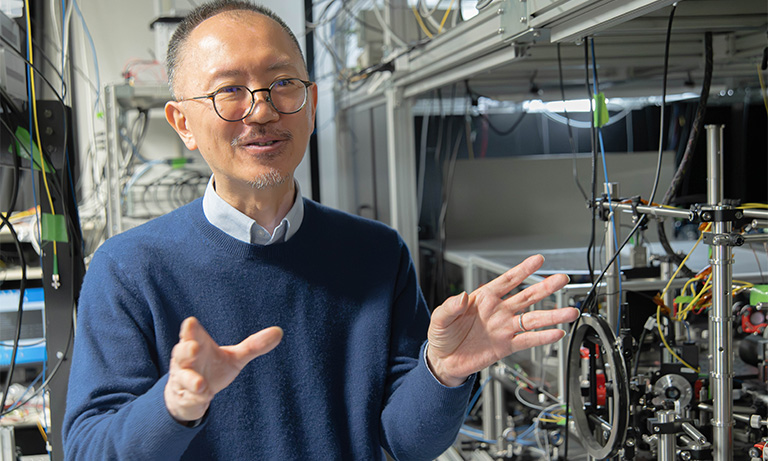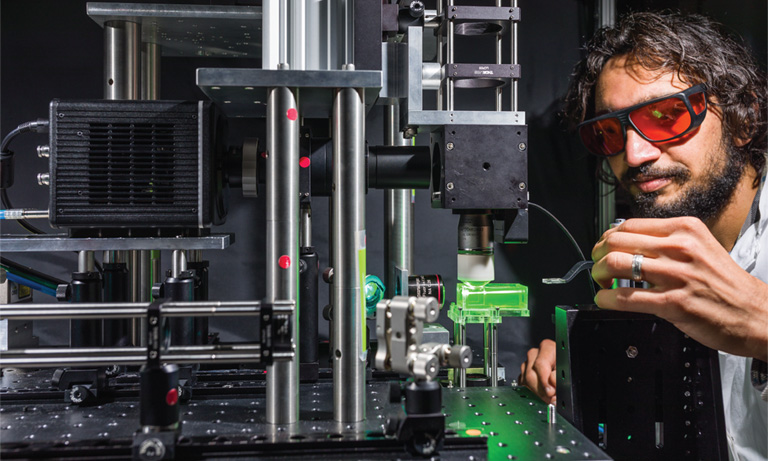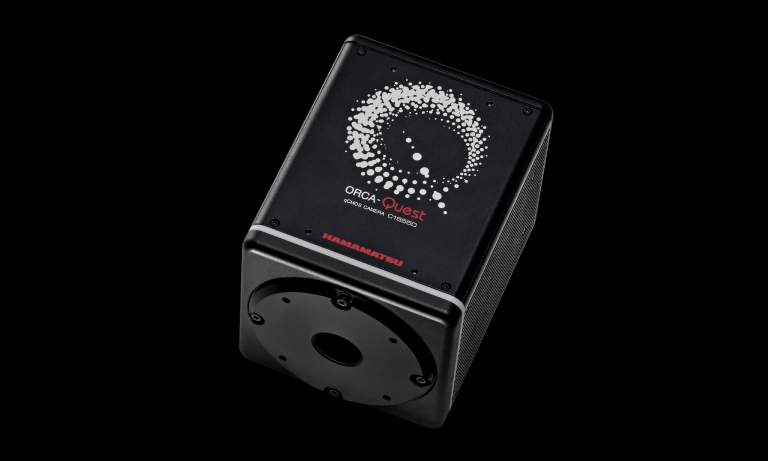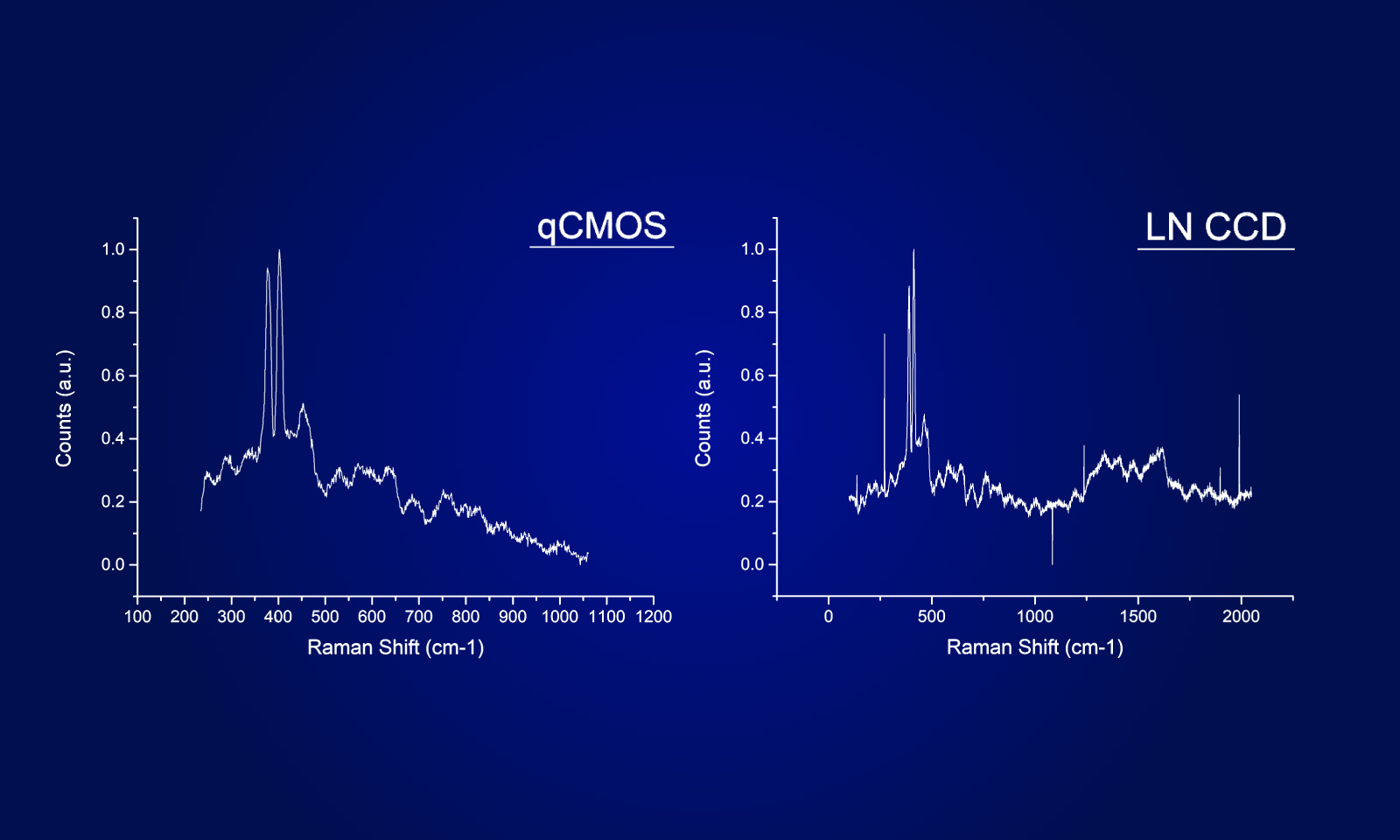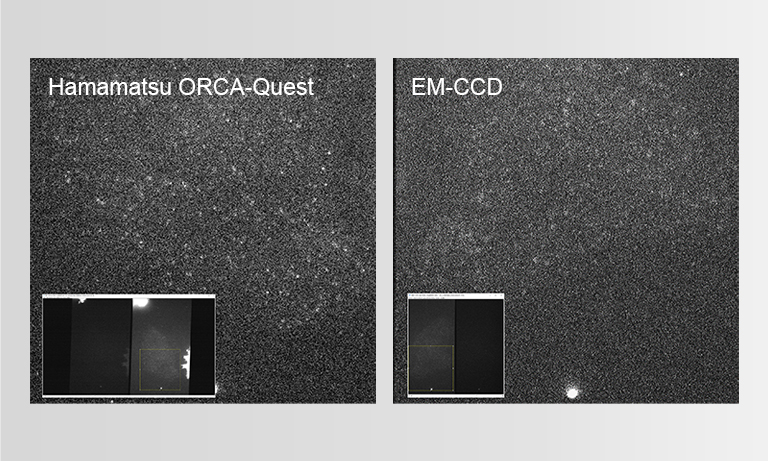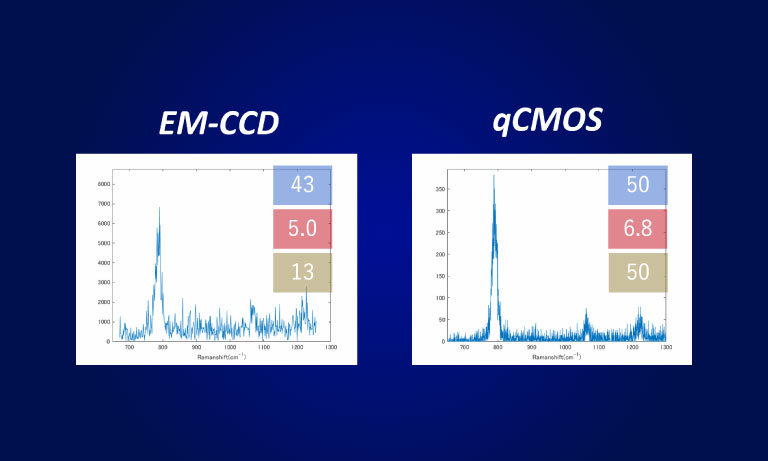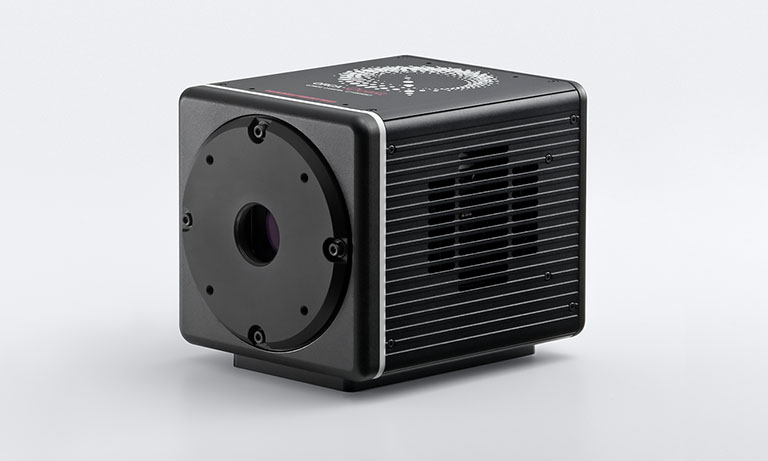United Kingdom (EN)
Select your region or country.
Advancing ultrafast magneto-optical imaging using ultra-low noise qCMOS® technology
Published on July 16, 2025
Ultrafast pump-probe experiments enable precise studies of magnetization dynamics via magneto-optical effects. This allows researchers to monitor the behavior of magnetic materials as they evolve over ultra-short time intervals, offering insights into fundamental physics and facilitating the development of new technologies. Here we highlight single-shot all-optical switching experiments using a qCMOS camera, which excels in detecting weak signals from single 50 fs pulses. Its low noise and high quantum efficiency make it ideal for capturing ultrafast magnetic changes with high spatial resolution.
Single-shot all-optical switching experiments
Over the past twenty years, laser pulse excitation has become one of the most adaptable tools in the study of magnetization dynamics. This area of research has uncovered new and intricate mechanisms for the optical control of magnetization. It has garnered significant attention for its scientific intrigue and its promising commercial applications, such as in magnetoresistive random access memory (MRAM), spin-logic devices, and race-track memory. In all-optical pump-probe experiments, changes in magnetization are measured through magneto-optical effects, specifically the rotation of light polarization by an angle proportional to the magnetization. The use of ultrashort pulsed light sources allows for sub-picosecond time resolution, enabling detailed investigation of the temporal evolution of magnetization following impulsive excitation. However, detecting the weak magneto-optical signal from a single 50 fs pulse during irreversible all-optical switching remains a challenge [1].
The benefits of ORCA®-Quest for single-shot all-optical pump-probe experiments
The main function of a scientific camera in magnetization dynamics studies is to detect magneto-optical signals with (sub-)micron spatial resolution. Key requirements for such a camera include low noise and high quantum efficiency at the target wavelength, as the signal is delivered by a single ~50 fs laser pulse. Moreover, the polarization rotation in the experiments can be as small as a few millidegrees. As a single laser pulse contains a limited number of photons, a specialized camera like the ORCA-Quest, which features low read-out noise and short exposure time, is ideal. Additional essential features for the camera include robust synchronization with the laser and other electronics in the setup, high dynamic range, pixel bit depth, and seamless integration with adaptable software.
Like many people in the research field of ultrafast magneto-optical imaging, we used CCD cameras. However, the qCMOS sensor looks like a game changer with its unbeatable low read-out noise. Moreover, we measure optical second harmonic images in other experiments on laser-induced dynamics, which require a long exposure time, up to a few minutes. Again, the ORCA-Quest provides quality images due to high quantum efficiency, large number of pixels and onboard binning options.
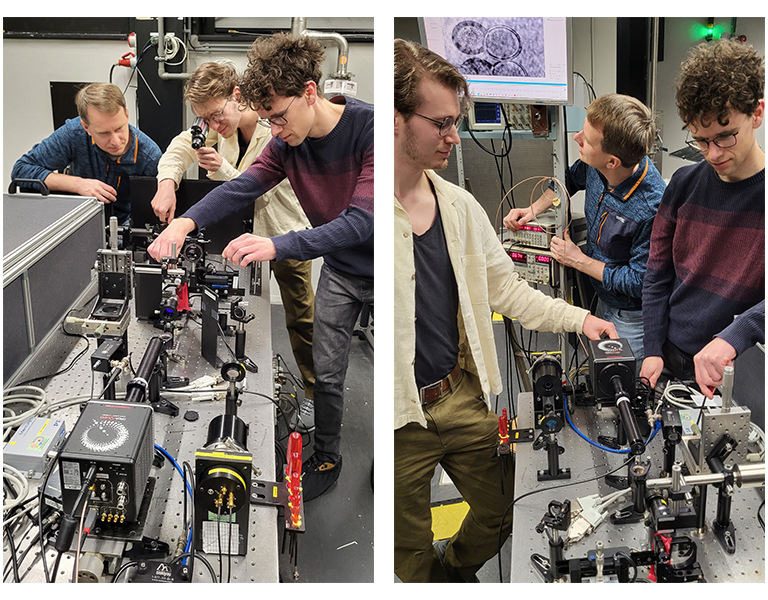
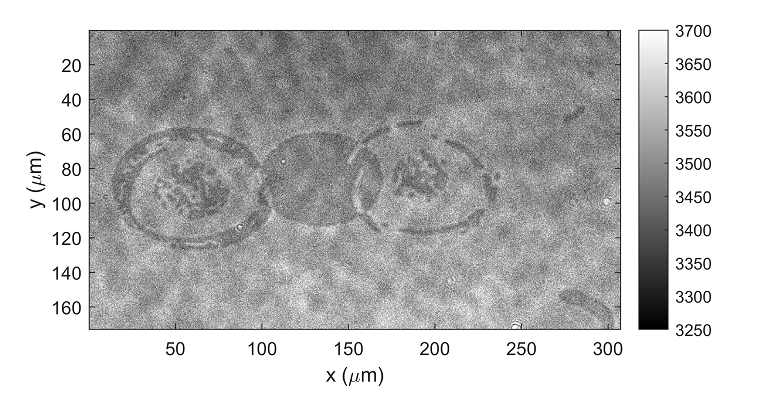
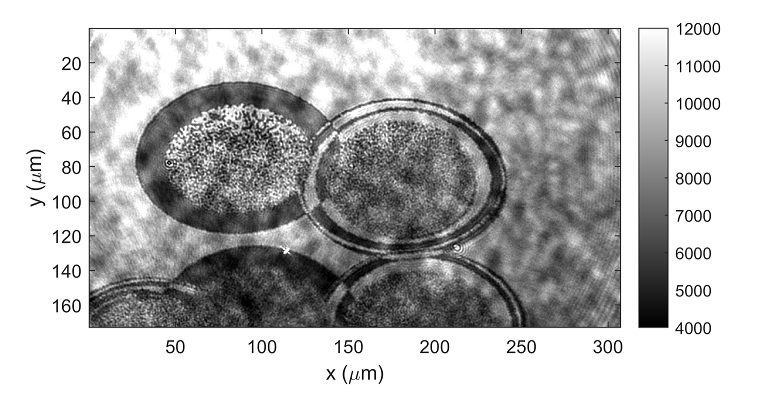
Example of optically switched magnetic areas: bright and dark colors represent opposite orientation of the out-of-plane component of magnetization. In both images, the centers of pumped areas are fully demagnetized and form a multi-domain patterns. The outer edge is switched and can also be toggled back and forth with a second laser pulse. This is visible in the areas of overlapping laser pulses, giving rise to bright and dark altering regions.
Scan mode: Ultraquiet scan mode; Readout mode: Area; Binning 4×4, Trigger: Global reset. Exposure time: (left) 33.94 μs = single 100 fs probe pulse, (right) 100 ms = 100 probe pulses.
Future prospects for research
In the future, the implemented technique will be extended to antiferromagnetic materials with zero net magnetization. The visualization of the domains in such a class of materials is challenging and requires advance linear and non-linear optical techniques [2, 3].
In summary, the ORCA-Quest camera enhances single-shot magneto-optical imaging by reliably detecting weak signals from ultrafast laser pulses. Its performance supports both single-shot switching studies and long-exposure imaging. This approach will be extended to antiferromagnetic materials in future research, necessitating the use of advanced optical techniques for domain visualization. This will contribute to the further development of our comprehension of magnetization control and its potential applications in MRAM, spintronic devices, and other fields.
Researcher profiles
Dr. Nikolai Khokhlov
Postdoc at Ultrafast Spectroscopy of Correlated Materials group, Radboud University, The Netherlands
Dr Nikolai Khokhlov is a postdoc at Ultrafast Spectroscopy of Correlated Materials group, Radboud University, The Netherlands. He received his Ph.D. in Physics from M.V. Lomonosov Moscow State University, and completed postdoctoral training at Russian Quantum Center (Moscow, Russia). He then joined the Ferroics Physics Lab of Ioffe Institute (St. Petersburg, Russia) as assistant professor prior to his current position at Radboud University. Dr Khokhlov’s research centers around laser-induced ultrafast dynamics and all-optical switching of ferri- and antiferro-magnets implementing ultrafast magneto-optical microscopy technique.
Paul van Kuppevelt, MSc
Ph.D. candidate at the Ultrafast Spectroscopy of Correlated Materials group, Radboud University, The Netherlands
Currently, Paul van Kuppevelt performs his Ph.D. in physics at the Radboud University in Nijmegen. Before starting his research, he studyied physics at the Eindhoven University of Technology where he obtained his Bachelor’s and Master’s degree. During both his Bachelor’s and Master’s thesis, he focussed on the interaction of light with matter. At first by comparing models and experiments of the plasmon resonance in gold nanoparticles and later by performing logic operations with circular polarized light pulses in magnetic multilayer nanofilms. Now he continues in this field for his Ph.D. He is searching for ways in which to change and manipulate the magnetic state of ferri- and antiferromagnets to control the ultrafast dynamics inside these materials, which can be leveraged for applications like magnetic computing and data storage.
Wiebe Leenders, BSc
Master student at Ultrafast Spectroscopy of Correlated Materials group, Radboud University, The Netherlands
A Master’s student in physics, Wiebe Leenders is currently conducting research internship with the Ultrafast Spectroscopy of Correlated Materials group at Radboud University. Building on his previous research experience in material science and photovoltaics, he now focuses on optically excited ultrafast spin dynamics. Upon completion of internship, he will continue exploring magnetic materials and their potential for neuromorphic computation paradigms.
*The content presented on this page reflects information available at the time of the interview.
References
[1] Hashimoto, Yusuke, et al. "Ultrafast time-resolved magneto-optical imaging of all-optical switching in GdFeCo with femtosecond time-resolution and a μm spatial-resolution." Review of Scientific Instruments 85, 6 (2014).
[2] Hayashida, T., et al. "Observation of antiferromagnetic domains in Cr2O3 using nonreciprocal optical effects." Physical Review Research 4(4), 043063 (2022).
[3] Fiebig, Manfred, et al. "Second harmonic generation and magnetic-dipole-electric-dipole interference in antiferromagnetic Cr2O3." Physical Review Letters 73(15), 2127 (1994)
Related product
The ORCA-Quest 2 is a new qCMOS camera, the successor to the ORCA-Quest with further advances such as faster readout speeds in extremely low-noise scan mode and increased sensitivity in the ultraviolet region.
Other case studies
- Confirmation
-
It looks like you're in the . If this is not your location, please select the correct region or country below.
You're headed to Hamamatsu Photonics website for GB (English). If you want to view an other country's site, the optimized information will be provided by selecting options below.
In order to use this website comfortably, we use cookies. For cookie details please see our cookie policy.
- Cookie Policy
-
This website or its third-party tools use cookies, which are necessary to its functioning and required to achieve the purposes illustrated in this cookie policy. By closing the cookie warning banner, scrolling the page, clicking a link or continuing to browse otherwise, you agree to the use of cookies.
Hamamatsu uses cookies in order to enhance your experience on our website and ensure that our website functions.
You can visit this page at any time to learn more about cookies, get the most up to date information on how we use cookies and manage your cookie settings. We will not use cookies for any purpose other than the ones stated, but please note that we reserve the right to update our cookies.
1. What are cookies?
For modern websites to work according to visitor’s expectations, they need to collect certain basic information about visitors. To do this, a site will create small text files which are placed on visitor’s devices (computer or mobile) - these files are known as cookies when you access a website. Cookies are used in order to make websites function and work efficiently. Cookies are uniquely assigned to each visitor and can only be read by a web server in the domain that issued the cookie to the visitor. Cookies cannot be used to run programs or deliver viruses to a visitor’s device.
Cookies do various jobs which make the visitor’s experience of the internet much smoother and more interactive. For instance, cookies are used to remember the visitor’s preferences on sites they visit often, to remember language preference and to help navigate between pages more efficiently. Much, though not all, of the data collected is anonymous, though some of it is designed to detect browsing patterns and approximate geographical location to improve the visitor experience.
Certain type of cookies may require the data subject’s consent before storing them on the computer.
2. What are the different types of cookies?
This website uses two types of cookies:
- First party cookies. For our website, the first party cookies are controlled and maintained by Hamamatsu. No other parties have access to these cookies.
- Third party cookies. These cookies are implemented by organizations outside Hamamatsu. We do not have access to the data in these cookies, but we use these cookies to improve the overall website experience.
3. How do we use cookies?
This website uses cookies for following purposes:
- Certain cookies are necessary for our website to function. These are strictly necessary cookies and are required to enable website access, support navigation or provide relevant content. These cookies direct you to the correct region or country, and support security and ecommerce. Strictly necessary cookies also enforce your privacy preferences. Without these strictly necessary cookies, much of our website will not function.
- Analytics cookies are used to track website usage. This data enables us to improve our website usability, performance and website administration. In our analytics cookies, we do not store any personal identifying information.
- Functionality cookies. These are used to recognize you when you return to our website. This enables us to personalize our content for you, greet you by name and remember your preferences (for example, your choice of language or region).
- These cookies record your visit to our website, the pages you have visited and the links you have followed. We will use this information to make our website and the advertising displayed on it more relevant to your interests. We may also share this information with third parties for this purpose.
Cookies help us help you. Through the use of cookies, we learn what is important to our visitors and we develop and enhance website content and functionality to support your experience. Much of our website can be accessed if cookies are disabled, however certain website functions may not work. And, we believe your current and future visits will be enhanced if cookies are enabled.
4. Which cookies do we use?
There are two ways to manage cookie preferences.
- You can set your cookie preferences on your device or in your browser.
- You can set your cookie preferences at the website level.
If you don’t want to receive cookies, you can modify your browser so that it notifies you when cookies are sent to it or you can refuse cookies altogether. You can also delete cookies that have already been set.
If you wish to restrict or block web browser cookies which are set on your device then you can do this through your browser settings; the Help function within your browser should tell you how. Alternatively, you may wish to visit www.aboutcookies.org, which contains comprehensive information on how to do this on a wide variety of desktop browsers.
5. What are Internet tags and how do we use them with cookies?
Occasionally, we may use internet tags (also known as action tags, single-pixel GIFs, clear GIFs, invisible GIFs and 1-by-1 GIFs) at this site and may deploy these tags/cookies through a third-party advertising partner or a web analytical service partner which may be located and store the respective information (including your IP-address) in a foreign country. These tags/cookies are placed on both online advertisements that bring users to this site and on different pages of this site. We use this technology to measure the visitors' responses to our sites and the effectiveness of our advertising campaigns (including how many times a page is opened and which information is consulted) as well as to evaluate your use of this website. The third-party partner or the web analytical service partner may be able to collect data about visitors to our and other sites because of these internet tags/cookies, may compose reports regarding the website’s activity for us and may provide further services which are related to the use of the website and the internet. They may provide such information to other parties if there is a legal requirement that they do so, or if they hire the other parties to process information on their behalf.
If you would like more information about web tags and cookies associated with on-line advertising or to opt-out of third-party collection of this information, please visit the Network Advertising Initiative website http://www.networkadvertising.org.
6. Analytics and Advertisement Cookies
We use third-party cookies (such as Google Analytics) to track visitors on our website, to get reports about how visitors use the website and to inform, optimize and serve ads based on someone's past visits to our website.
You may opt-out of Google Analytics cookies by the websites provided by Google:
https://tools.google.com/dlpage/gaoptout?hl=en
As provided in this Privacy Policy (Article 5), you can learn more about opt-out cookies by the website provided by Network Advertising Initiative:
http://www.networkadvertising.org
We inform you that in such case you will not be able to wholly use all functions of our website.
Close
